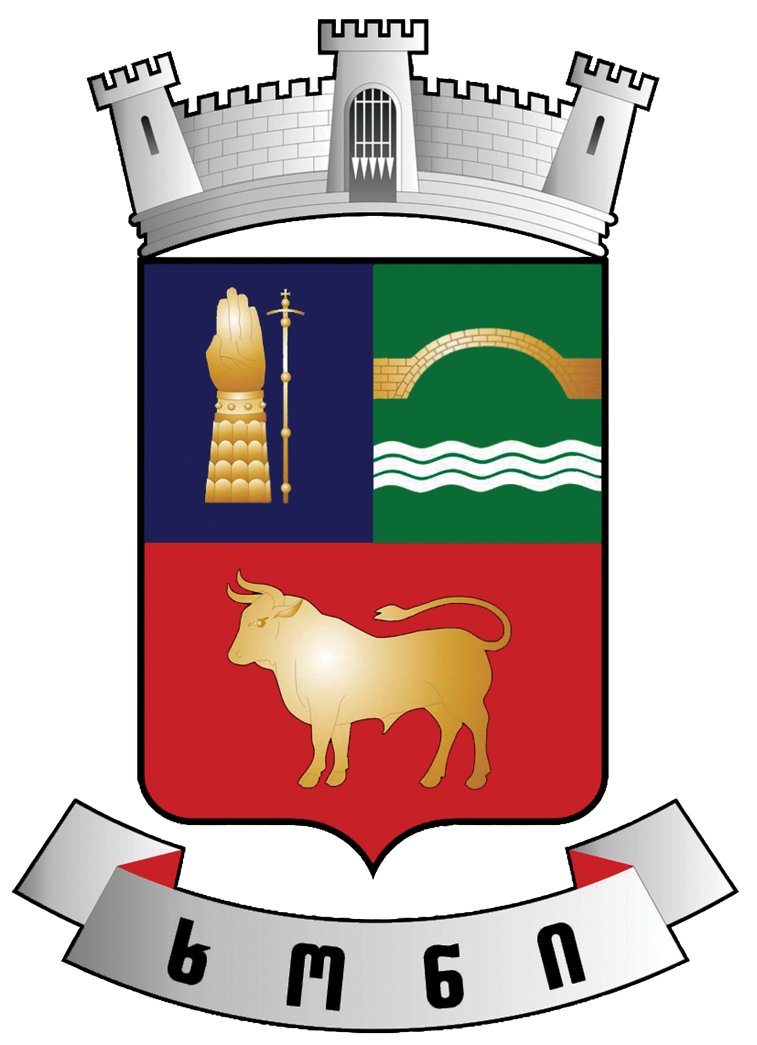When Ole Kirk Christiansen founded his workshop in Billund, Denmark in 1932, he made wooden toys and furniture. The business was not very profitable and he struggled through the beginning of the 30s. In 1934, he decided to focus on toys, and changed the name to LEGO. This is an abbreviation for “leg godt”, the Danish word for “play well”.
The company grew into other Nordic countries in the 1960s. The company created a smaller model, perfect for children with small hands. It was named DUPLO (after the Latin word duplex, which means two-fold). This allowed children to create more elaborate models.
In the 1970s, Lego began to incorporate new features that made its products stand out from the competitors. For instance, they added an array of faces to their minifigures. This made the characters appear more real-looking and allowed them to show different facial expressions and emotions. The Lego Group also added wheels to its bricks, which opened the possibility of making vehicles and other machines that move.
The next major step for the company was when it introduced dedicated themes — systems within systems that allowed customers to create a specific environment or situation. The company was able increase its brand’s visibility and reach younger audiences. The company also increased production by opening factories in South Korea and Malaysia.
lego-x

